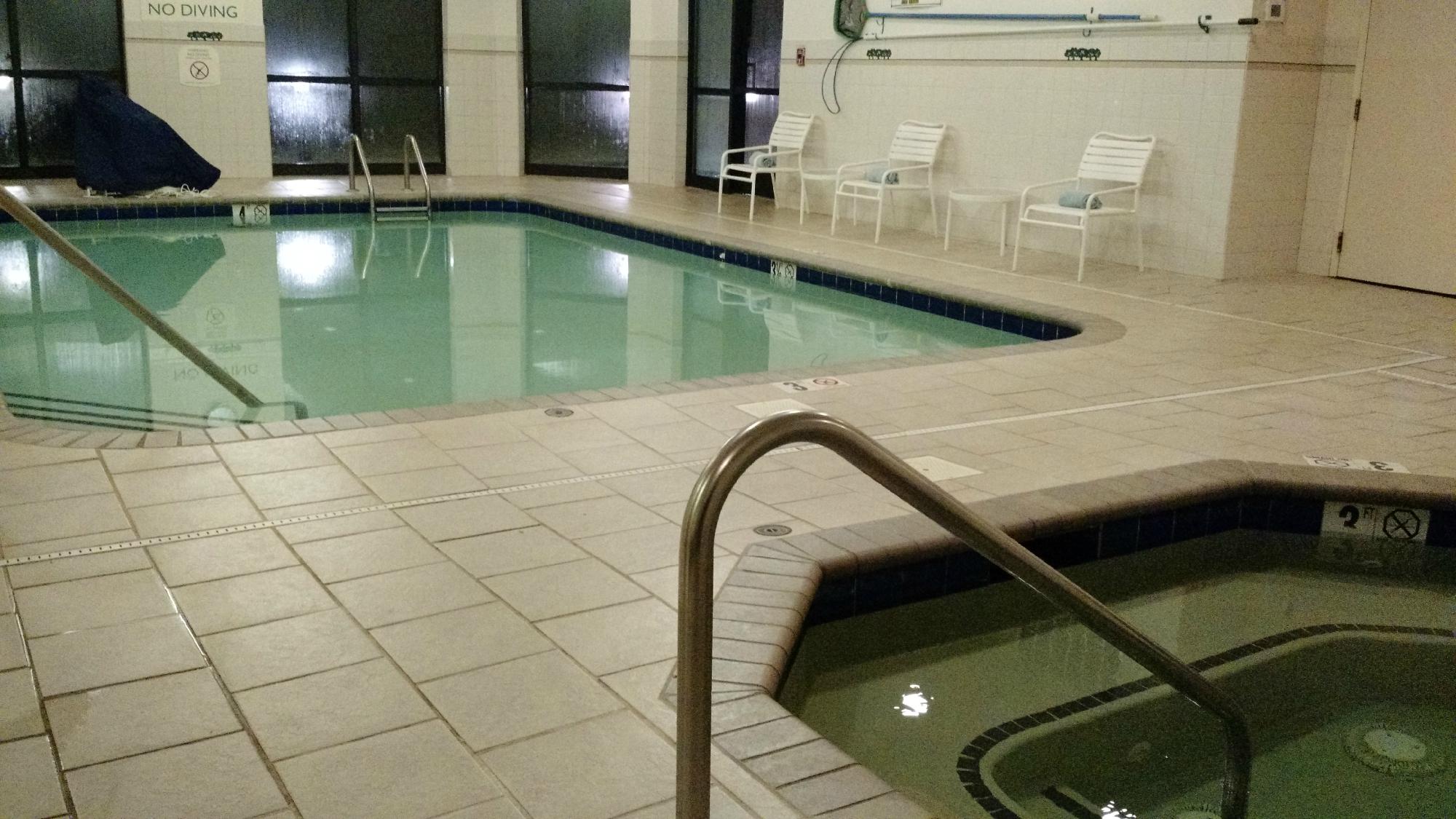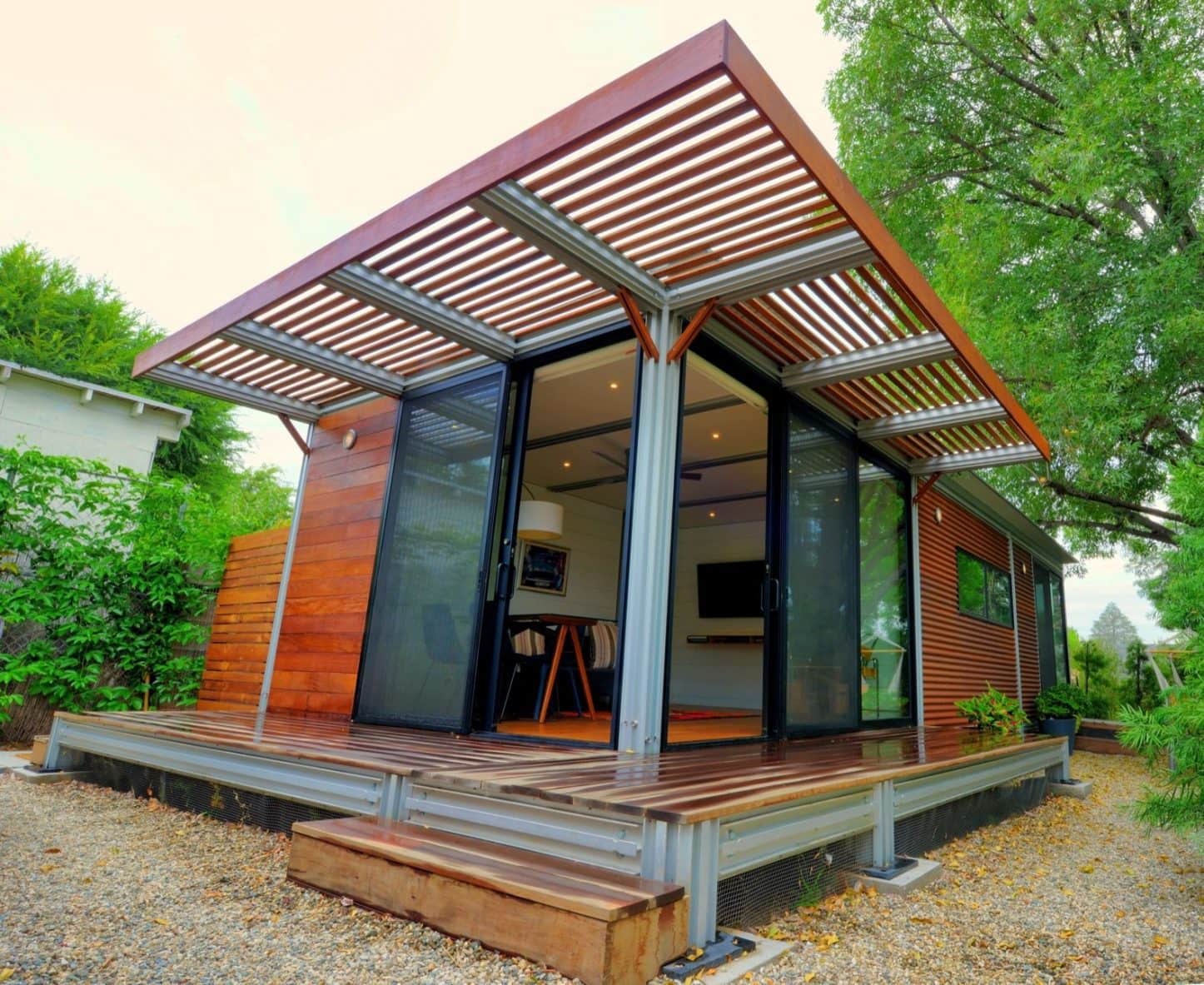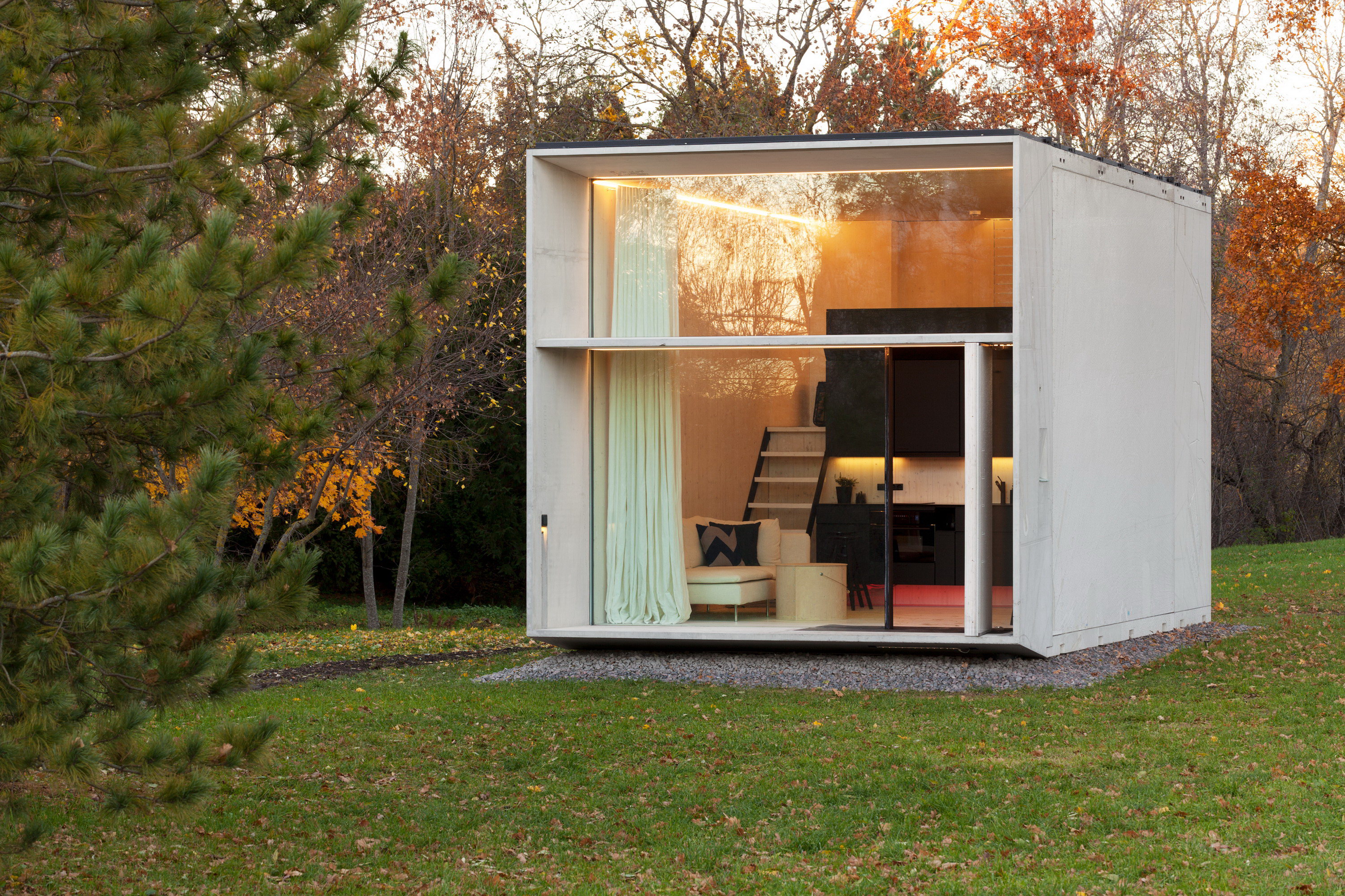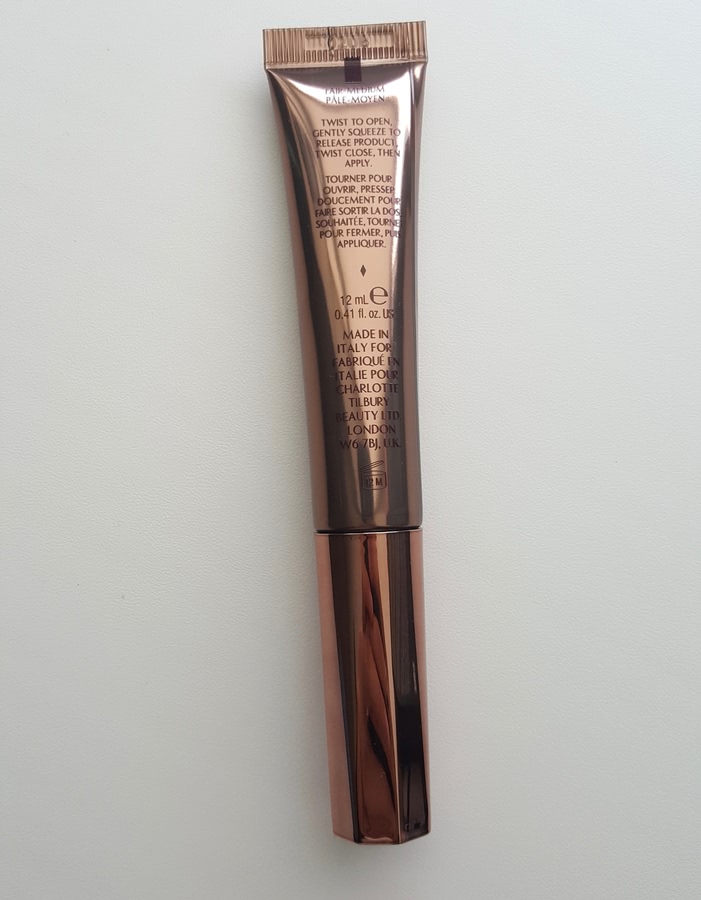Table Of Content

He served the administration of President Woodrow Wilson during World War I and after the war was a presidential advisor on the international cotton trade. Those and other paintings and much of the furniture were intended to establish the look and feel of an 18th-century English aristocratic residence. The furnishings on the first floor are original – though there are additional pieces no longer in the house. Atlanta History Center continues to acquire original furniture and other pieces that belonged to the Inmans. The Main Stair Hall is the most spectacular space in the house, opening up to the second floor over a curved, floating staircase.
PHOTOS: See $10.5 million historically significant Atlanta estate built for Coca Cola President
The pattern of the black & white marble tiles obscures the heat registers in the floors – Shutze cleverly blended Classical architecture with 20th-century convenience. Often described as "eclectic," the Swan House features an amalgamation of several different architectural styles.[2] As a whole, the house adheres to Renaissance revival, but inspiration is drawn from sources across multiple time periods and geographic locations. Italian and English classicism were blended to suit the needs and interests of the wealthy twentieth-century residents. The architect, Phillip Trammell Shutze, was considered at one point as one of America’s best known classicists. The house was completed in December of 1928, and the Inman family commissioned it and lived there.
Emily Inman's House
Intimate Events: Elopements, Vow Renewals, Ceremony Only, and Smaller Weddings - Atlanta History Center
Intimate Events: Elopements, Vow Renewals, Ceremony Only, and Smaller Weddings.
Posted: Thu, 18 May 2023 18:56:05 GMT [source]
We spent a lot of time with the production team before they arrived to discuss how they would use the house and how they would protect it. As far as the interiors of the rooms, some of them got entirely new looks, they were transformed completely, and there was actually five days of filming. The dining room features an elegant Rococo Chippendale looking glass, which, set against a Chinese-inspired floral and exotic bird wallpaper, calls to mind the work of Thomas Chippendale in James Paine’s state dressing room at Nostell Priory, Yorkshire, in 1771. Eagles, Inman’s favorite bird, flank the fireplace and two elaborate gilt console tables display swans, which Inman’s wife, Emily, favored. These are the source for the name of the house, although the Inmans never called it Swan House themselves. The entry door at the southeast corner of the room is paired with an identically detailed false door at the southwest corner.
Swan House - The Private Rooms

Shutze intended to create the illusion of a great courtyard open to the sky – all of the major rooms of the house open onto this hall. Shutze included the mens washroom hidden within the doorway to the Breakfast Room. The ladies washroom was through the door on the other side of the Entrance Hall. That also included the ladies parlor, which now holds a public lift making the house’s second floor accessible to all visitors.
In 1966, the Atlanta Historical Society purchased the home and most of its original furnishings, ranging from 18th-century antiques to 20th-century objects. It opened to the public in 1967 as a house museum and headquarters of the Atlanta Historical Society. It’s a good story because it really has a lot to do with the rebuilding of Atlanta. After the Civil War, Mr. Inman’s grandfather and his family come to town and they are in cotton brokerage and all of the businesses and industries surrounding cotton brokerage [like] railroads, real estate, steel, you name it. And so while they are building this great family fortune, they are helping to rebuild the city.
The symmetrical western facade and the garden cascade of the Swan House are distinctly of the Italian Renaissance. The formal gardens outside the house were also designed by Shutze, and they are also inspired by Italian style.[8] The gardens feature terraced lawns, stone walls, and a formal motor court.[8] There is a notable juxtaposition between the grand lawns and the small, private boxwood gardens. More mansion than house, the Swan House in Atlanta is renowned for its architecture and the peek it offers into a bygone era. The rooms draw from classical Italian and English design while showcasing decor and other elements suited to the taste of affluent society members in 1920s Atlanta. The library at the southeast corner of the main floor is a space for quiet reading, and its woodwork lends a darker ambiance to the room, but its paneling, woodcarving, arched bookcase niches, and scroll-neck pedimented window add architectural interest as well. The wood overmantel is enriched by a carved garland, depicting a dead bird and hanging clusters of plants, in the tradition of Grinling Gibbons, whose work at Petworth and St. Paul’s Cathedral is renowned.
As a reflection of Mr. Inman’s interest in automobiles, he obtained the first driver’s license in Atlanta and the Swan House property included a 6-car garage. David Weible is a former content specialist at the National Trust, previously with Preservation and Outside magazines. His interest in historic preservation is inspired by the ‘20s-era architecture, streetcar neighborhoods, and bars of his hometown of Cleveland. Its focus is the fireplace, projecting into the room, framed by ornate Corinthian columns, on which swans and lilies replace the traditional acanthus and whose flaring pediment is inspired by chinoiserie. Also noteworthy are the dado and chair rail, the cornice and coved ceiling, the rope molding at the windows, the Rococo foliate carving on the central panel of the fireplace mental, and the fine pedimented overdoor.
He adapted Italian and English classical styles to accommodate 20th-century living for Swan House, which many consider his finest residential work. One enters Swan House beneath the noble Palladian portico, passing through an architectural enframement that references a tripartite Palladian composition but with English Baroque panache. Strong quoins flank the door, stepping up to a keystone on which is affixed a scalloped shell motif, the whole surmounted by a segmental arch. On either side is an arched niche surmounted by bracketed pediment and containing an elaborate urn. The whole is in perfect balance and provides a counterpoint to the restrained lines of the portico’s Roman Doric columns. The columns focus and lead the eye to the main hall, while the concentric checkerboard floor pattern accentuates the round shape of the rotunda hall.
History & Archaeology
Our 33-acre campus features award-winning exhibitions, historic houses, and gardens—there’s a lot to experience! This planner is intended to help you make the most of your time with us by providing an overview of must-see offerings based on your interests. Swan House is regarded as Shutze’s finest work, though he was not the first architect on the project. The Inman family had hired the architectural firm Hentz, Reid & Adler, but the initial design from Neel Reid was considered too large – much larger than the current house – and too expensive. Welcome inside Swan House – Built in 1928, the house was designed by architect Philip Trammell Shutze as the home for Edward and Emily Inman.
Since then, plants native to the region are cultivated in the garden, with a particular focus on the historical uses of these plants for food, medicine, and sundries by soldiers during the Civil War. In 1921, Edward Inman retired from the family firm to pursue other business interests. Inman was involved in community service as a member of the Atlanta City Council and Fulton County Board of Commissioners.
The overmantel dates to about 1690 and was transferred from England, initially installed in the Inman’s former house in Ansley Park and then moved again here. Shutze’s assistant, woodcarver Herbert J. Millard, carried the white pine and linden woodwork around the other walls of the library to complete the room. Edward Inman was heir to a large cotton brokerage fortune amassed after the Civil War. He was an Atlanta businessman with interests in real estate, transportation, and banking. In 1924, they hired the architectural firm of Hentz, Reid, and Adler to design a house for their property in Buckhead, a residential suburb of Atlanta.
Emily Inman used the large, formal Dining Room for dinner parties with guests. Explore the decorative arts collection of Swan House architect, Philip Trammell Shutze. Explore the life and work of one of America’s most influential interior designers.
The Inmans moved into their new home in 1928, a year before the Great Depression began. Emily asked her oldest son Hugh, his wife Mildred, and their two small children to live with her. Grandchildren Sam and Mimi grew up in the home and moved out after they were married.






















